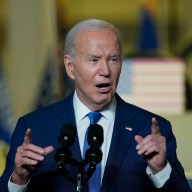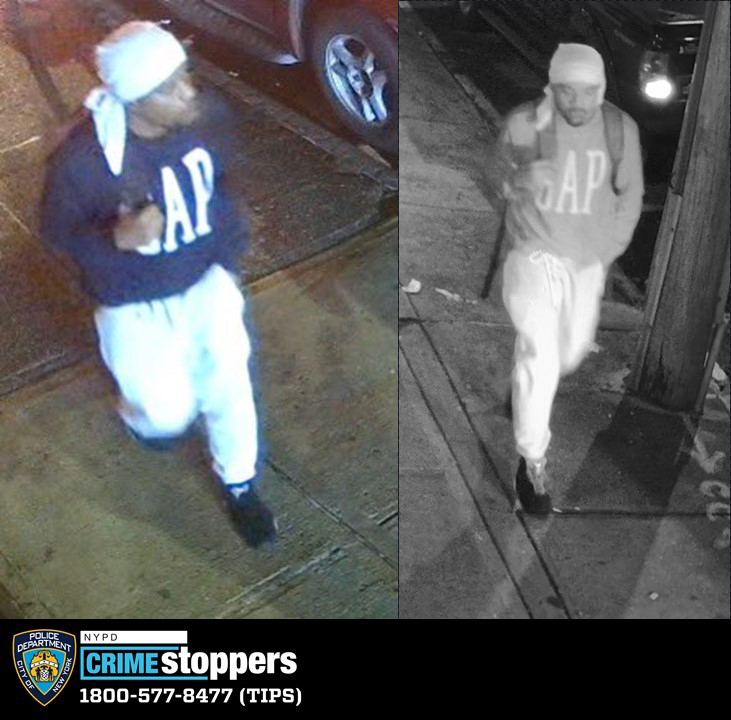Earlier this month, a Calgary cyclist was sent to hospital in critical life-threatening condition when an SUV took a left turn in front of him, causing a collision.
It was around this time when I noticed an addition to a road I frequent — large, stencilled bicycles painted on the road. The road hadn’t grown wider though and there weren’t any corresponding lines that would denote a bike lane, so it made me wonder if the city is trying to fake its way out of real infrastructure that could prevent such accidents.
According to Nicole Jensen, a transportation planner with the city, we’ve already got a 350-kilometre on-street network in Calgary for cyclists (defined as roads with wide curb lanes, bike lanes or signed routes) — but while the network is mapped, it’s not all marked. She says low-traffic parts of the network don’t get markings, but high-traffic roads and intersections do.
As for what the markings mean, it varies. The bicycle stencils I saw indicate a shared lane. This means motorists and cyclists travel side by side. Roads that aren’t wide enough to accommodate a bike lane become shared lane or wide-curb lanes. Think of the markings as territorial, they’re reinforcing cyclists’ rights to the road.
Roads that are wide enough to accommodate a bike lane get a line separating a lane for cyclists. That lane is marked with a diamond, which means a dedicated lane, and a bicycle stencil below it.
Paint is cheap, so why haven’t all the high-traffic roads and intersections been marked, especially if it’s going to help motorists keep cyclists top-of-mind? Jensen says her department aims to improve 20 kilometres of the network each year — meaning these improvements could take a while.
Bicycle-friendly cities know the value of marking cycling turf. In addition to bike lanes and shared lanes, Vancouver has bike waiting areas at a few major intersections — these areas are marked out on the road at the front of the line so bicycles have their own space to wait at a red light.
Many of the street signs in Vancouver have bicycle symbols on them, as well, serving two purposes — way-finding and space-claiming.
We’ve put infrastructure in place to ensure pedestrians have rights on the road — various kinds of crosswalks, pavement markings, signs, sidewalks and footbridges. It’s time to show the same courtesy to cyclists.
















